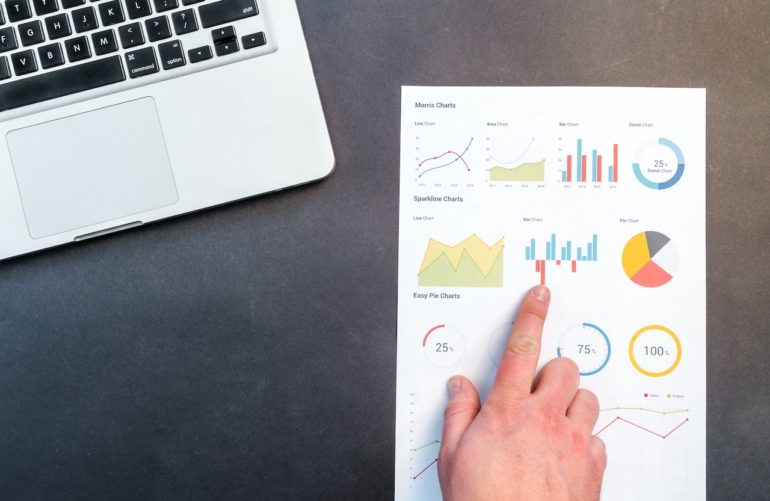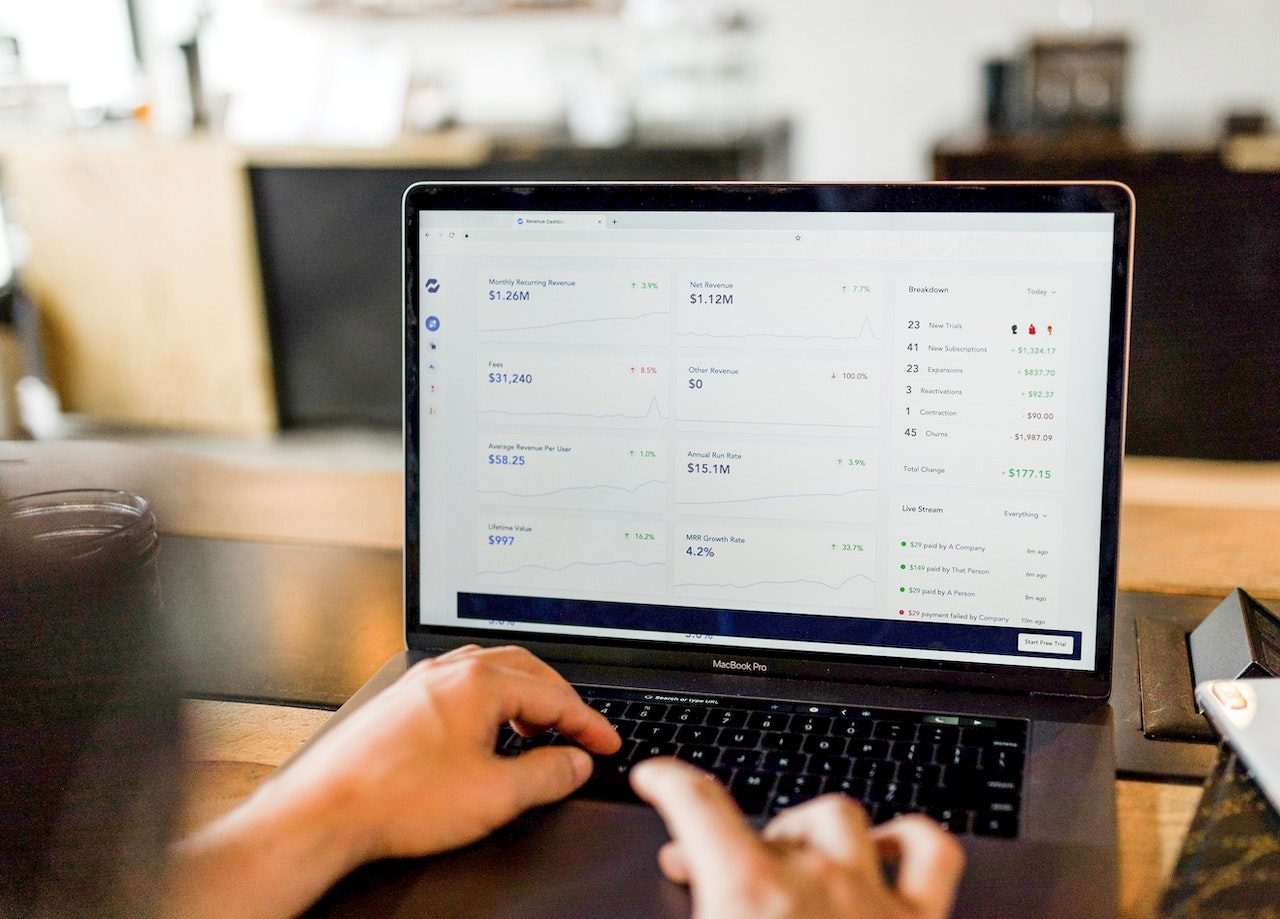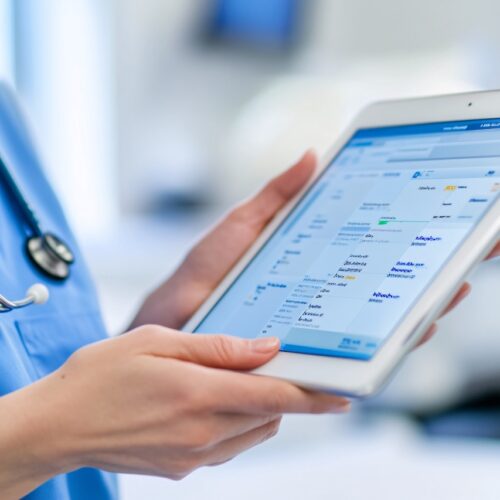Data collection involves gathering and measuring information on issues of interest that allow an organization to evaluate outcomes. It also includes collecting data for use in making decisions in business, strategically making plans, researching, etc.
Businesses are known to collect different types of data for various purposes. For example, some of the data businesses collect include customer information, market reviews, product feedback, etc. For these organizations to gather this relevant information, they employ various methods. This article will highlight the eight most effective data collection methods.
Types of data collection methods
Data collection methods are divided into two main classifications. They are the primary and secondary data collections.
Primary data collection
Primary data collection is the process of collecting data directly from the main sources. This type of data collection is usually collected from where the data initially originates. They are generally regarded as the best kind of data in research.
Also, primary data collection involves collecting raw data for specific research. For example, methods such as interviews, observation, surveys, etc., fall under primary data collection. Primary data collection is further divided into qualitative and quantitative research methods.
- Qualitative research method: The qualitative research method depends on the non-calculable elements such as emotions, opinions, and feelings of your test subjects. This method of research does not involve numbers or calculations. An example of this research method is a survey.
- Quantitative research method: Quantitative methods of data collection, unlike qualitative methods, depend on numbers and mathematical calculations for you to arrive at a conclusion. Therefore, this research method involves close-ended questions that demand calculated answers. A typical example is polling.
Secondary data collection
In contrast to primary data collection, secondary data collection assesses already existing information. This method is less time-consuming than primary data collection. Also, it might be more reliable because the secondary data was already collected by an experienced researcher.
Secondary data collection takes place when you collect data from a secondary source rather than the original one. This type of data is usually collected from the internet, books or journals, etc. Secondary data collection is often easier to gather and cheaper.
Eight super-effective data collection methods to try
There are numerous data collection methods out there, but you need to use the most effective methods for data research to be successful. Therefore, these are the most productive data collection methods.
1. Online forms and questionnaires
Online forms are one of the most sought-after and effective primary data collection methods. They are interactive webpage forms that allow your website users to input their information. Once these users click “submit,” their responses on the form are sent to servers for processing, evaluation, and analysis.
Numerous custom form builders make developing online forms easy. They are customizable to fit in with your website’s aesthetics. In addition, online forms allow for secure data collection from a broader user base. Also, this data collection method improves the accuracy of the data, and businesses can generate a lot of information or leads if you design your forms appropriately.
Questionnaires are written or printed questions designed to gather information from respondents. Online forms and questionnaires are perfect methods of collecting data, especially when dealing with a large audience.
You need to carefully plan out the questions to ask your consumers for both forms and questionnaires. Ensure your questions are relevant, short, and easy to understand.
2. Interviews
An interview is another super-effective data collection method in which businesses gather crucial information. Interviews can be defined as a formal between two individuals; the interviewer and the interviewee. The interviewer asks the interviewee to collect relevant data. These interviews can be conducted in person or through phone calls.
A significant benefit of using interviews is that the interviewer can customize the questions. The high degree of flexibility allows interviewers to adjust or change the questions to fit in with the situation.
Additionally, interviewers can ask follow-up questions relating to the previous answers that the interviewee gave. These will allow for accurate information exchange in real-time. Also, conducting interviews helps to reveal more information about the subject.
Unfortunately, interviews can be an expensive and time-consuming data collection method. So, you have to ensure you do not leave room for errors. You have to choose the questions carefully and don’t compromise the quality and efficiency of these questions.
3. Surveys
Surveys are forms of questionnaires that could either be physical or digital. These data collection methods help businesses gather qualitative and quantitative data from the subjects. A survey is a method of collecting data by asking relevant questions to a sample of people to understand your target audience.
Because you can send surveys digitally and physically, it widens your distribution scale. This method can also be inexpensive. Surveys may cost you nothing if you use a free survey template or tool. The data gotten from surveys provide you with insights to improve your business. Researchers commonly use four primary forms of surveys, and these are:
- Face-to-face surveys
- Telephone surveys
- Self-administered physical surveys (paper and pencil)
- Self-administered computer surveys (online)
When you employ surveys as your data collection method, you get benefits such as more responses at a faster rate, significantly cheaper to run, more accurate data collection, and the ability to reach new audiences.
4. Observation
When it comes to observation, there are minimal questions asked. The information gathered by the researcher is usually based on the judgments they make from the observation. Observation is a data collection method that allows you to note the changes that happen in real-time. This is not usually possible with other data collection methods.
For instance, if you are trying to get insight into how your target audience relates to your product, you can observe their interaction and notice the mood changes of your audience. You can also see how easy or difficult they find using your product.
Observing your subjects on how they interact with your website or product provides you with honesty in data collection. Also, observation is one of those effective data collection methods used for formulating a hypothesis. You can then use the data you collect from observation to improve and boost success.
5. Focus groups

Focus groups are a popular method of collecting data, and they are similar to the interview data collection method. But a difference is that while interviews are conducted in a one-on-one setting, focus groups are a form of group discussion.
Businesses that do not have enough resources to conduct one-on-one interviews can use focus groups to collect a wide range of data and opinions. Focus groups are perfect because they let you hear your customer feedback in their own voices and words.
6. Online tracking
You can use the internet to track users and user behavior as a business. The two essential tools you can use for online tracking are pixels and cookies. They are used on websites to monitor and collect behavioral data, which involves content that your users engage with.
Your business’s website can also track your users’ behaviors. This can include their interests, dislikes, concerns, etc., about your business. You can use the data gathered to improve your services and goods and your website. You need to consider your users’ privacy while using their data. Your data collection must follow the law.
7. Social media monitoring

Your organization’s social media platforms are an excellent way to collect data. It can be advantageous to use the data gathered from these platforms for your organization’s benefit. These platforms can help you gain insight into your audience’s interests and preferences.
Most social media channels allow you to track your customers through their in-built analytics easily. These analytics can enable you to gather detailed data about your customers and their interests. Your business can then use the data collected to make informed decisions. Social media channels are an avenue for you to gain data useful for both your business and your followers.
8. Transactional tracking
You can quickly gather information about your customers through their purchases. Their purchasing behaviors can help you make more knowledgeable marketing choices. As a result, you would be able to make decisions that will ensure customer satisfaction.
Transactional tracking gives you more insight into your customers. E-commerce websites, apps, etc., automate data collection. Once a transaction is made, the data generated is immediately stored. You can then save the data for future use.
Why do businesses collect data?
Businesses collect data for numerous reasons. Below are the main purposes for data collection in organizations.
To improve customer experience
Businesses strive to provide better customer experiences with each transaction or encounter. The organization has to be aware of its customers’ likes or dislikes to do this. This can be obtained by collecting data from previous purchases and other interactions. This will help the business to recognize areas to improve on and how to do so.
To develop their marketing strategy

Marketing is the process of promoting a business’s products or services to a target audience. Having an effective marketing strategy is crucial for any business as it helps boost sales, earn customers’ trust, etc.
Data collection helps you know your customers’ pain points and how your product can help with such issues. This will then guide you and your team in making highly converting adverts and campaigns.
To gain a competitive advantage
In the business world, competition is commonplace. For almost every business, there is a competitor out there. As such, companies need to stay ahead of their competition. Data collection from existing and potential customers provides businesses with insights into their shortcomings and successes. When the company works on this data to improve its services, it will significantly gain an advantage over competitors.
To grow their customer database
One effective way to grow your customer database is by providing top-notch services to your already existing customers. Then, when your customers are delighted with your business, they will have no trouble bringing more customers your way.
Collecting data gives you insight into what your customers expect from your business or product, and providing these expectations increases their loyalty. Also, storing the data of those who contact your business will allow you to send as many nudges concerning your business, e.g., through email marketing, which will turn them into customers.
Conclusion
Data collection is crucial for various reasons, such as providing better customer experiences and gaining a competitive advantage. The eight super-effective data collection methods discussed in this article will make gathering and analyzing your data easier and more successful.
Of course, it’s also best to invest in a CDP (Customer Data Platform) to store the collected data.







